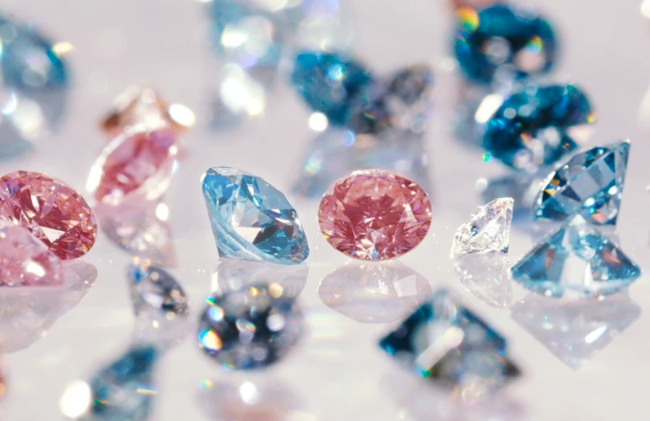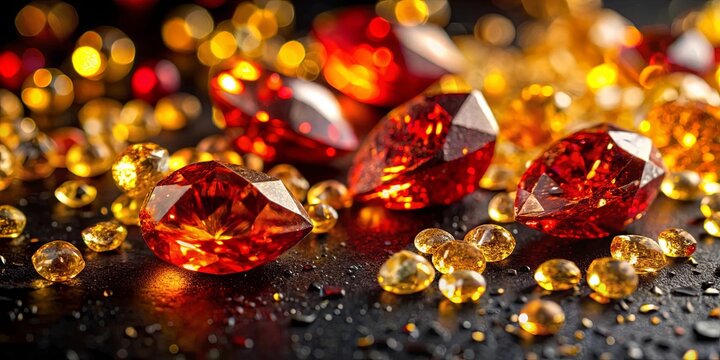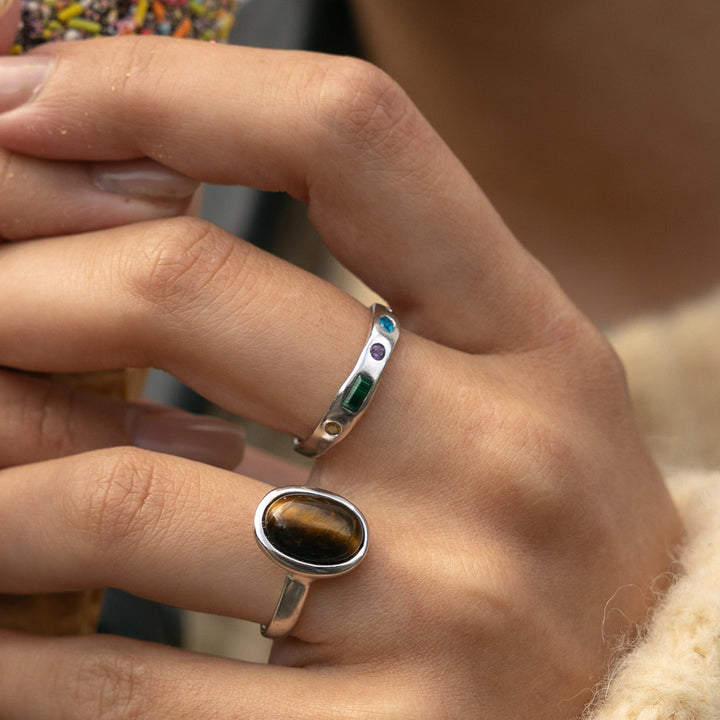
Introduction: Setting the Stage for Innovation
In a world where sustainability and ethics are becoming paramount considerations, the jewelry industry is undergoing a significant transformation. The emergence of lab-grown diamonds has revolutionized the market, offering consumers a socially responsible alternative to mined diamonds. Among the various components that contribute to the allure of lab-grown diamond rings, the role of claws, or prongs, is paramount. In this article, we delve into the intricacies of Claws for Lab Grown Diamond Rings, exploring their significance, design variations, and the unparalleled advantages they offer.
The Anatomy of Claws: Enhancing Beauty and Security
1. Understanding the Purpose
Claws for Lab Grown Diamond Rings, also known as prongs, are small metal projections that hold the diamond securely in place within the ring setting. Their primary function is to ensure the diamond remains firmly affixed while allowing maximum light exposure to enhance its brilliance.
2. Significance of Design
The design of claws plays a crucial role in both the aesthetic appeal and security of the diamond. Various configurations, including four-prong, six-prong, and bezel settings, offer different levels of visibility and protection for the stone.
3. Balancing Security and Visibility
The number of claws used in a setting impacts the balance between security and visibility. While fewer claws provide a sleek and minimalist look, more claws offer added security but may slightly obscure the diamond’s brilliance.
Advantages of Claws for Lab-Grown Diamond Rings
1. Maximizing Sparkle
Claws are strategically positioned to allow maximum light penetration through the diamond, enhancing its sparkle and brilliance. This feature accentuates the beauty of lab-grown diamonds, captivating onlookers with their radiant allure.
2. Ensuring Stability
By securely holding the diamond in place, claws provide stability and peace of mind to wearers. Whether it’s a daily wear piece or a special occasion ring man made diamonds, the durability of the setting ensures the diamond remains intact for generations to come.
3. Facilitating Cleaning and Maintenance
The design of claw settings facilitates easy cleaning and maintenance of lab-grown diamond rings. Unlike certain settings that may trap dirt and debris, claw settings allow for thorough cleaning, ensuring the diamond maintains its luster over time.
Elevating Sustainability and Ethical Practices
1. Ethical Sourcing
Lab-grown diamonds offer a sustainable and ethical alternative to mined diamonds, eliminating the environmental and social impacts associated with traditional mining practices. By opting for lab-grown diamond rings with claws, consumers contribute to a more responsible and transparent supply chain.
2. Reduced Environmental Footprint
The production of lab-grown diamonds requires significantly less energy and resources compared to mined diamonds. Additionally, the absence of mining-related activities minimizes habitat disruption and reduces carbon emissions, making lab-grown diamond rings a greener choice for environmentally conscious individuals.
Conclusion: Embracing Innovation and Responsibility
In conclusion, claws play a pivotal role in enhancing the allure and security of lab-grown diamond rings. Their meticulous design and functionality not only elevate the aesthetic appeal of the jewelry but also symbolize a commitment to sustainability and ethical practices. As consumers increasingly prioritize transparency and social responsibility, the demand for lab-grown diamond rings with claws is expected to rise, reshaping the landscape of the jewelry industry. By embracing innovation and responsibility, we pave the way for a brighter, more sustainable future in luxury jewelry.
Have questions about Claws for Lab Grown Diamond Rings? Explore our collection and discover the perfect blend of elegance and ethics!




![fixed [pii_email_16df9e8ab2888d6ea5fa] fixed [pii_email_16df9e8ab2888d6ea5fa]](https://pqrnews.com/wp-content/uploads/2021/01/pii_email_b4969755ef6881519767-696x392.png)



